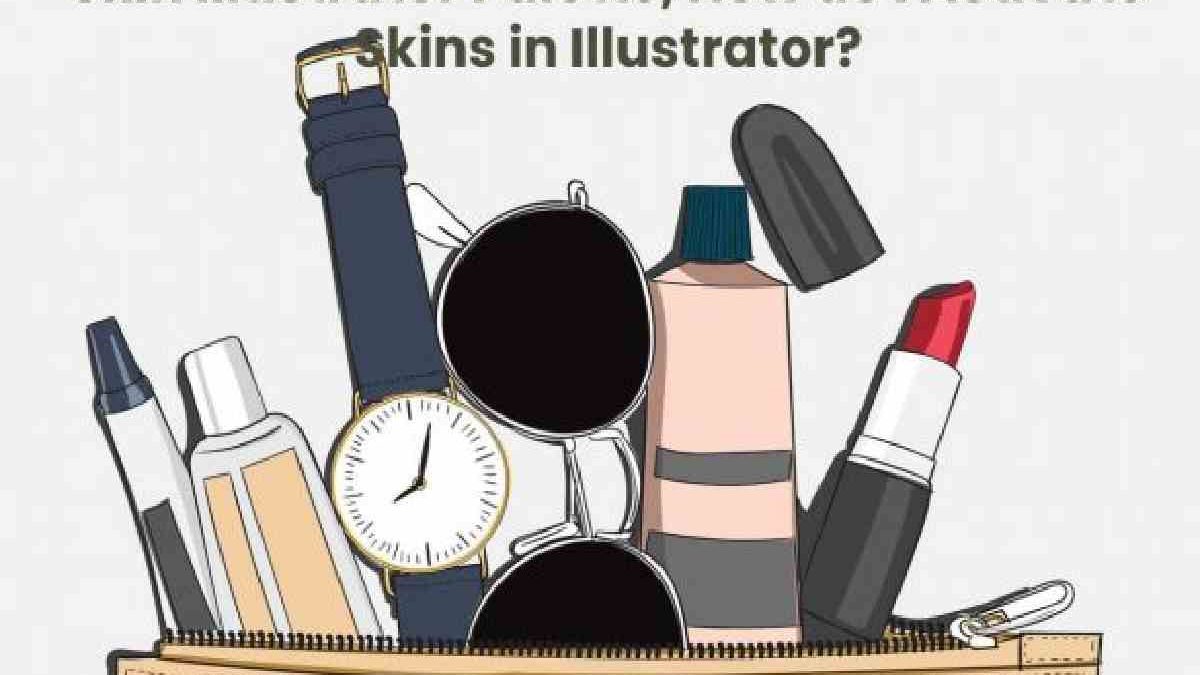Skin Illustrator Palette will cover tattoos, create the property, and color hair, and it can remain used on foam latex, gelatin, plastic, and silicone appliance. The high pigment substance provides rich color tones that stay in place with last all day. Skin Illustrator colors can remain activated with a spray or dab of alcohol, requiring few touch-ups other than occasional powdering.
Dark Flesh Tone Palette colors complete the entire range of flesh tones, allowing the artiste to duplicate nearly any skin tone, no matter how light or dark. The Dark Flesh Tone colors are too great for important hairlines and heavy in scalp patches. The Coral Blue and Burnt Sienna be also great for covering up beard shadow.
It would be best to use Skin Illustrator Activator or 99% alcohol to activate the color pigment. Do not use 70% alcohol, MEK, acetone, water, or any other solvent.
Taking away is easy with Telesis Super Solv, Telesis Super Solv Plus, or Telesis Makeup Remover.
Table of Contents
What Is SFX Makeup?
Have you ever wondered who creates those ghastly, wicked witches and out-of-this-world aliens you see in movies?
It’s well-known that traditional make-up artists make actors and actresses more attractive, hide flaws, and enhance beauty. But transforming characters into frightening, injured, supernatural, or mutilated creatures for film, TV, and the stage is the role of special effects make-up artists.
These professionals know how to simulate the appearance of injuries, aging, otherworldly features, and deformities. They know how to create bullet wounds and burns and can even change the shape of someone’s nose completely. Plus, they make it all look real!
SFX Makeup Artists and Their Tools and Materials
Special effects make-up artists use standard stage/movie make-up, but they also use a variety of prosthetics — often made of latex, silicone, or rubber. Some even include moveable, robotic parts.
To create these realistic alterations often means many hours in the chair for the actor, with the SFX artist hard at work. Meticulous attention to detail requires the multi-step process of reforming their face.
Qualities of a Great SFX Makeup Artist
SFX artists must communicate well with actors and crew members while planning their SFX changes and maintaining a calm presence during make-up application and testing. They’ll have to coordinate their work with the special effects department, as well as with costume designers and standard make-up artists.
Training and Background Requirements
Special effects make-up artists require a Cosmetology or Esthetics background and skills in many make-up materials. They must know how to work with latex, rubber, fake blood, and other materials used to make prosthetics necessary and achieve fantastic realism.
Most projects will not hire an SFX make-up artist until they have some experience under their belt as well. It may require apprenticeship hours with an SFX make-up artist who is already working or being an assistant.
What is Special Effects Make-up?
First, let’s get small definitions out of the way. SFX make-up artists use make-up and prosthetics to give performers abrasions, wounds, deformities, and animal features: you name it! They can make an actor look slightly older—or create an otherworldly monster.
Some famous examples include Stan Winston and Eryn Krueger Mekash. There’s such a variety of special effects make-up jobs out there!
Modern Film Make-up Techniques
While special effects make-up is continually evolving, the most common current practice involves lifecasting. When creating facial prosthetics, the first step is covering an actor’s head in silicone to make a mold. Once the silicone has dried, make public strips are placed on top to construct a hard cast. Then when the plaster, it and the silicone remain carefully removed from the actor’s head.
This negative cast remain then used to create a 3D replica of the actor’s face. Make-up artists use the mold as a base to create custom prosthetic pieces that will fit the actor perfectly.
Special effects make-up remains just used for creating monsters and aliens, and it canister age an actor or help them game the look of a natural person. Like Charlize Theron in Bombshell or Gary Oldman in Darkest Hour.
Conclusion:
There are opportunities for you to work with cosmetic prosthetics. Like the Background Actors cast as Titans and Zen-Whoberis in Avengers: Infinity War and Skrulls in Captain Marvel. While some featured background or double roles may require you to go through the lifecasting process. It’s common for premade prosthetics to remain used on Background Actors.
Consider, these roles often require large portions of your face and body to be covered and are not recommended for claustrophobic people. If you’re interested in this kind of work. Look for posts on our Jobs page that mention lifecasting, prosthetics, or heavy make-up.

